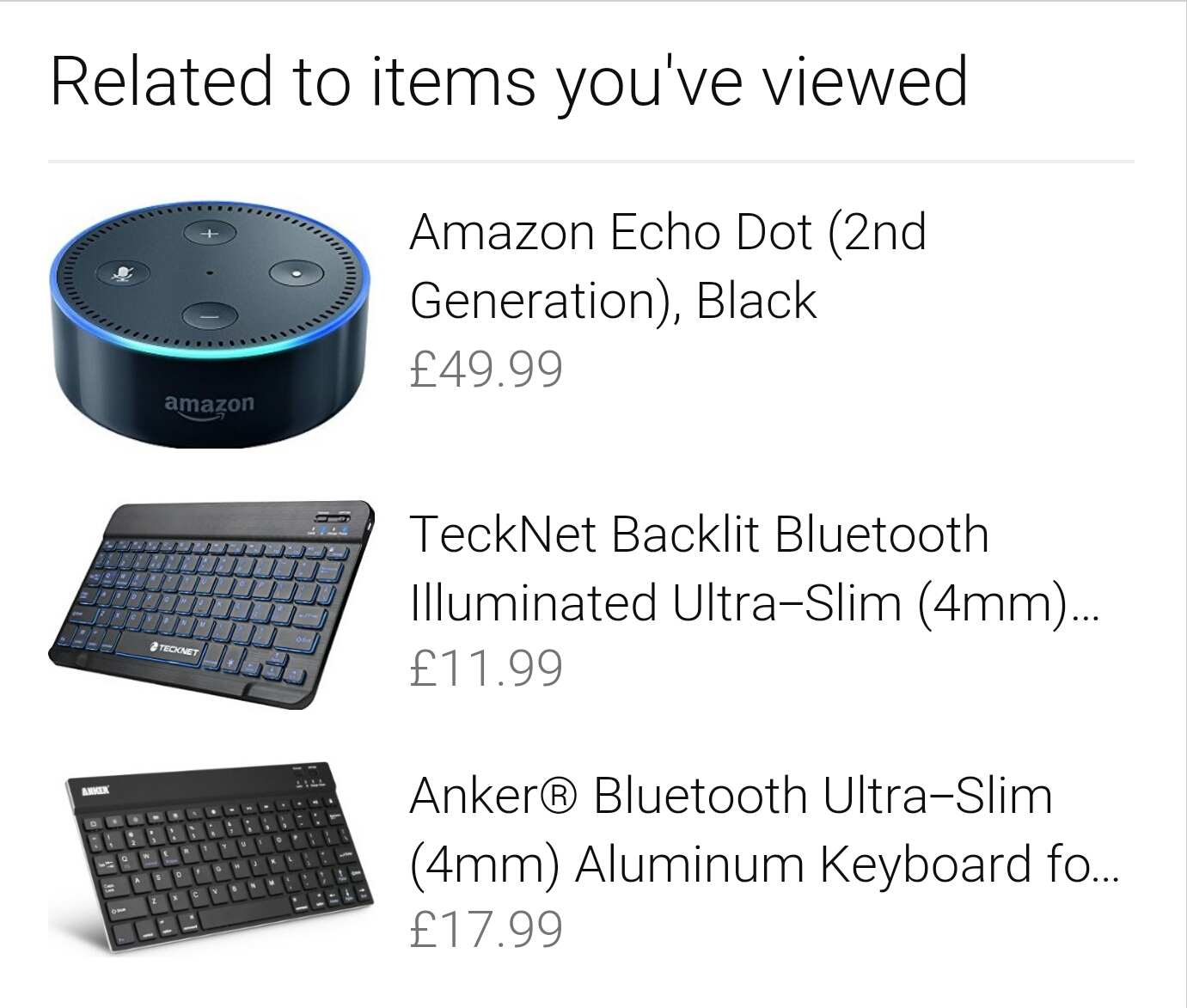
A tweet in my time line caught my eye last week. Someone I follow was calling out Sainsbury’s for giving her an offer for pork sausages, despite her having bought kosher margarine recently.
What surprised me more was Sainsbury’s explanation.
Hi Coral, our vouchers are randomly generated. We apologise for any offense caused. Daryl.
— Sainsbury's (@sainsburys) September 23, 2016
Their claim that vouchers are generated randomly smelt distinctively of the horseshit variety.
Holy grail
The holy grail of modern marketing is being able to send such hyper-targeted communications and offers to customers that they continually return to your brand on a never-ending, subliminal journey of discovery and purchase.
The reality – as the above example shows – is somewhat different.
Is data ubiquity worth it?
Data is now ubiquitous. In fact, if you believe every agency and article out there, it’s irrevocably changing the world we live in.
And in a very few cases, that’s true. But for the most part, using customer/user data to create a more personal experience is still no closer than landing someone on Mars (whatever Elon Musk says).
If organisations can truly give us a brilliantly personalised experience, we’re happy to give up the information.
But it doesn’t work like that. Most companies don’t truly yet know what to do with all their data.
The randomness of humans
To make matters worse, for all our subconscious, sheep-like qualities, humans can also be quite random.
For example, you might watch an action movie on Netflix because it stars Pierce Brosnan, rather than because you love that genre of film.
Netflix is unlikely to know that, though. It will now push ‘similar’ movies that you would never watch because you can’t stand Jason Statham.
‘I’m definitely not interested in…’
Another example is Amazon’s now infamous ‘You may be interested in’ widget.
If you’ve bought one Patricia Cornwell thriller, then you ‘are’ likely to be interested in another.
But what if you’re buying a one-off birthday gift for a friend or relative? It doesn’t have a button for that.*
Where their algorithm also falls down is when you buy a large, big-ticket item – such as a new vacuum cleaner or picnic bench – and you’re then bombarded with other varieties of the same item for the next 3 months!
Surely, they can fix this to suggest complementary items, not identical ones.
‘My situation has changed’
Another personal example is Pets At Home. It uses data on what you’ve bought to send you ‘enticing’ offers on pet products.
Unfortunately, our 17-year-old Siamese cat died 18 months ago, so we’ve stopped shopping there.
Clearly, my first thought at the time wasn’t ‘I must tell Pets At Home’, so I still get offers aimed at our now ex-pet.
I’m not accusing Pets At Home here – I think it’s just another example of how our personal situation can change suddenly, leaving brands who are still blithely trying to target you none the wiser.
And if large organisations, like Amazon, Sainsbury’s or Netflix, with large resource and budget can’t get it right, what hope the rest of us who work for much leaner organisations?
I know that technology and algorithms will improve over the next few years, but – for me at any rate – good, effective personalisation still has a long way to go.
====
* Of course, I know you ‘can’ tell Amazon you’re not interested in specific recommendations, but that’s a bit of a ballache and not something most of us have the time or inclination to do.




